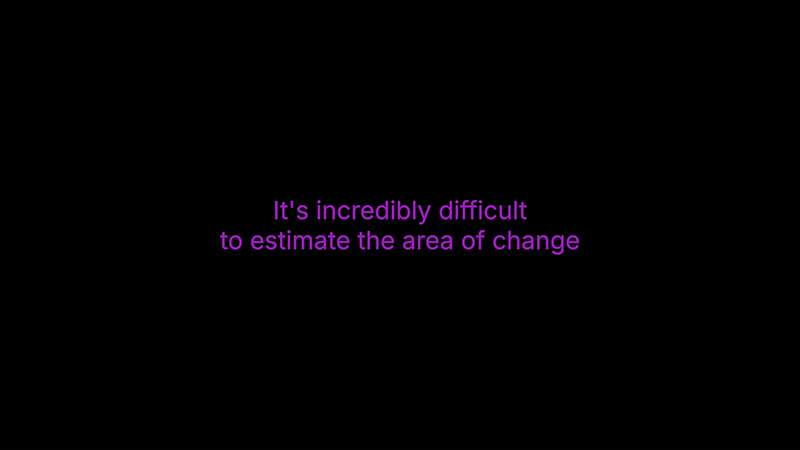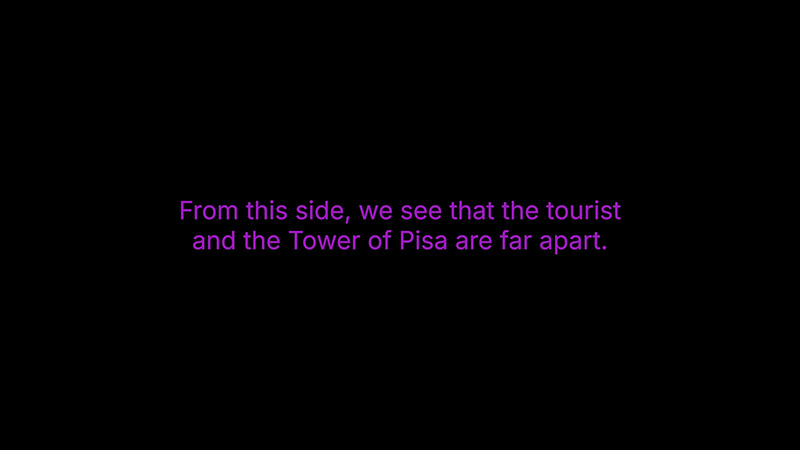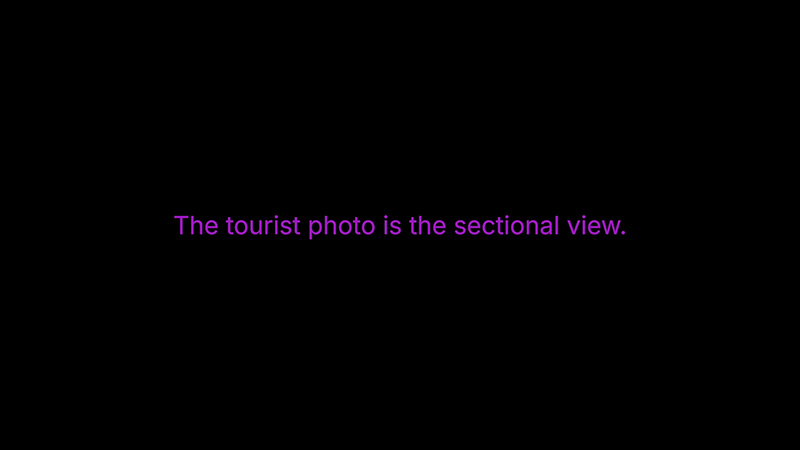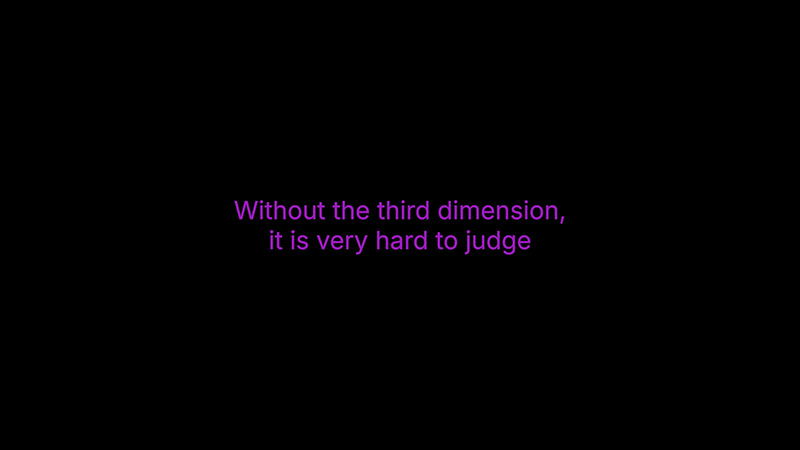Flat earth, flat body
“The soviet film director Dziga Vertov said that
‘We cannot improve the making of our eyes, but we can endlessly perfect the camera.’
The camera, computational imaging devices and image analysis algorithms enhance our eyes and reveal patterns and information that would otherwise be invisible. The image analysis toolset that was described earlier, which improves manual methods of tracking cancer cell’s decrease and ultimately deciding on a patient’s treatment, is pushing the boundaries beyond what and how the human eye can see. Early cosmographies described the earth as a flat disk. We now know that the earth indeed is round, that cells are not flat, despite their biology textbook depiction, that the body is dimensional and that methods of visualising and capturing reality will continue to reveal, over time, new ways of seeing. While artefacts and bias are inherent, it is critical to constantly question the image and learn to read it. Over time, the various ways of seeing, will stack, like slices of a bread loaf, or multiple shadows of a cylinder, towards an elaborate picture.”
Flat earth, flat body is an audio essay pondering imaging technology’s struggle to capture the three dimensionality of the human body. Moving through questions of scale, image verification and pathological methods, the recording attempts to demistify medical and technological processes while wondering how the interior of the human body can be ‘photographed’. At scales too small for the human eye, microscopes are able to capture cells layer by layer, like a sliced loaf of bread, delivering new visualisations and research abilities of the human body. This new technology visualises what has never been seen before, a cell in three dimensions. With it, new ways of reading, interpreting and operating these images are necessary. If a human eye has never seen a three-dimensional cell, how is the captured image verified? What information can be gathered from this third dimension?
Before humans were able to travel great distances, some believed the earth to be flat. Cultural and scientific knowledge has proven the earth to be round, while travel has verified this belief. New imaging technologies are now able to represent the smallest element of the human body in all its dimensionality, what knowledge will it inspire?
The audio essay is based on transcripts of conversations with experts from the Johannes Kepler University:
Mag.a Sabina Köfler MSc – Head of Tissue Research Group Visualization & Digital Pathology,
Jan Maximilian Janssen MD – Institute of Anatomy and Cell Biology,
Ass. Dr.in Michelle Mottl – Department of Pathology and Molecular Pathology




